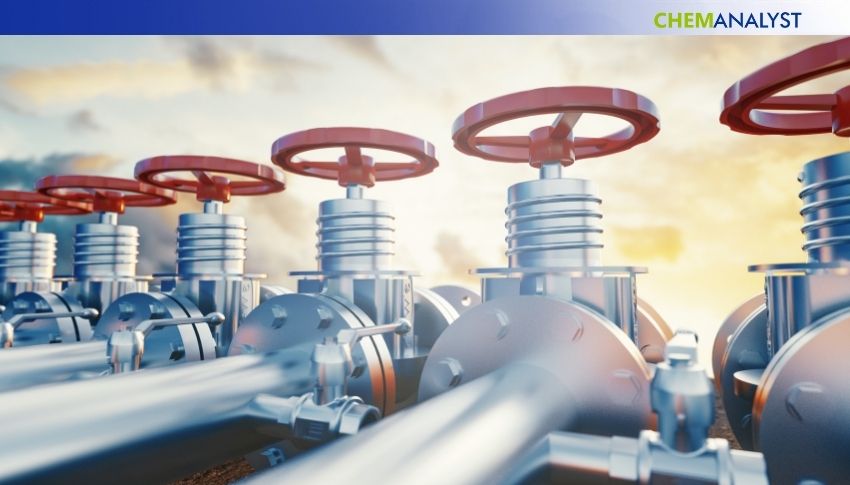Welcome To ChemAnalyst

Natural gas markets exhibited divergent trends by July 11, 2025, as U.S. prices remained steady in the face of robust power demand fueled by intense summer weather, while European prices rose because of increasing cooling demand, constrained LNG availability, and renewed storage activities. In the United States, solid production and firm supply capped price increases despite strong demand. In Europe, competition from Asian purchasers, low wind power production, and hot weather drove prices upward. New EU regulations that enabled more flexible storage targets provided a temporary cushion, but the market attitude is cautiously bullish on both sides of the Atlantic.
U.S. and European Natural Gas markets are balancing a combination of summer heat-fueled demand, consistent supply flows, and changing policy trends. Natural gas prices in the U.S. were generally steady during the week ended July 11, but European benchmarks ticked higher on strengthened cooling requirements, rising Asian Natural Gas demand, and winter-grade stockpiling efforts. Traders are keeping a close eye on weather forecasts, policy developments, and geopolitical narratives as short-term forces converge with a normally unstable seasonal context.
Natural gas prices in the United States remained firm over the week, supported by ongoing heat in key consuming regions. Temperatures were skyrocketing in the South, Midwest, and Northeast, keeping cooling demand for gas-fired power generation high. Power burns have continued to draw on stocks even as production is still strong and natural gas storage is still running above the five-year average. Even a small weekly storage gain has not prevented the natural gas market from continuing to exhibit signs of tightening.
A large heat dome has spread over much of the U.S., driving increased electricity use across major grids. Storms in certain locations have offered temporary relief but have not significantly changed the overall demand picture. On the supply side, no significant disruptions are anticipated in the near term, and LNG feed gas volumes are in line, backing export flows. Technical indicators reveal a moderately bullish sentiment for the short term with the traders looking for any decooling trends or storage surprises that might change the direction.
At the same time, European natural gas prices were rising during the second week of July. Abnormal hot weather in various countries has enhanced cooling demand and rekindled efforts to replenish storage capacity ahead of winter. Further, low wind power output, especially in Germany, is augmenting the use of natural gas-based electricity generation and strengthening the demand-supply restraint.
Asian buyers of Natural Gas (LNG) have stepped up purchases in response to continuous heatwaves, drawing some spot cargoes out of Europe and putting pressure on domestic supplies. Norwegian gas flows continue unabated, but the seasonal maintenance program scheduled for later in August has the potential to reduce availability. Policy realignments have layered on additional complexity to the market. The recent support from the European Parliament for flexible natural gas storage rules has provided utilities with more leeway to top up inventories without the threat of initiating price spikes, providing short-term respite.
Even with relatively subdued trading and reduced-price fluctuations from June, European players are still wary. As hot weather gathers pace on both the European and Asian sides, requiring the drawing of natural gas cargoes and replenishing of drained storage continues to support a strong natural gas pricing tone despite lingering long-term doubts.
We use cookies to deliver the best possible experience on our website. To learn more, visit our Privacy Policy. By continuing to use this site or by closing this box, you consent to our use of cookies. More info.
